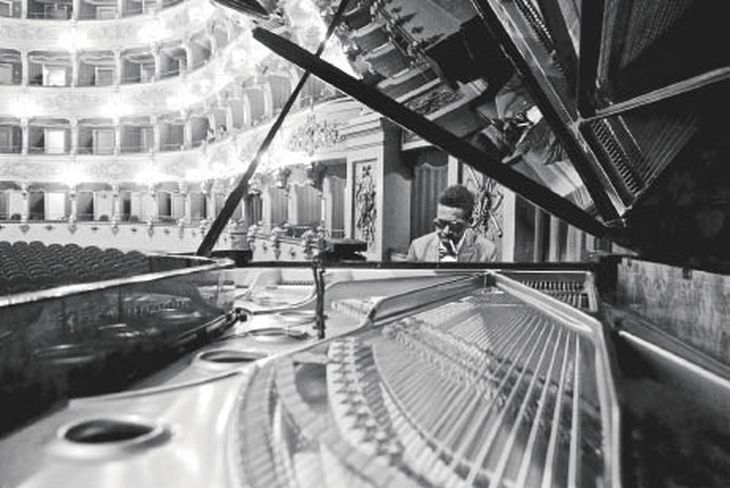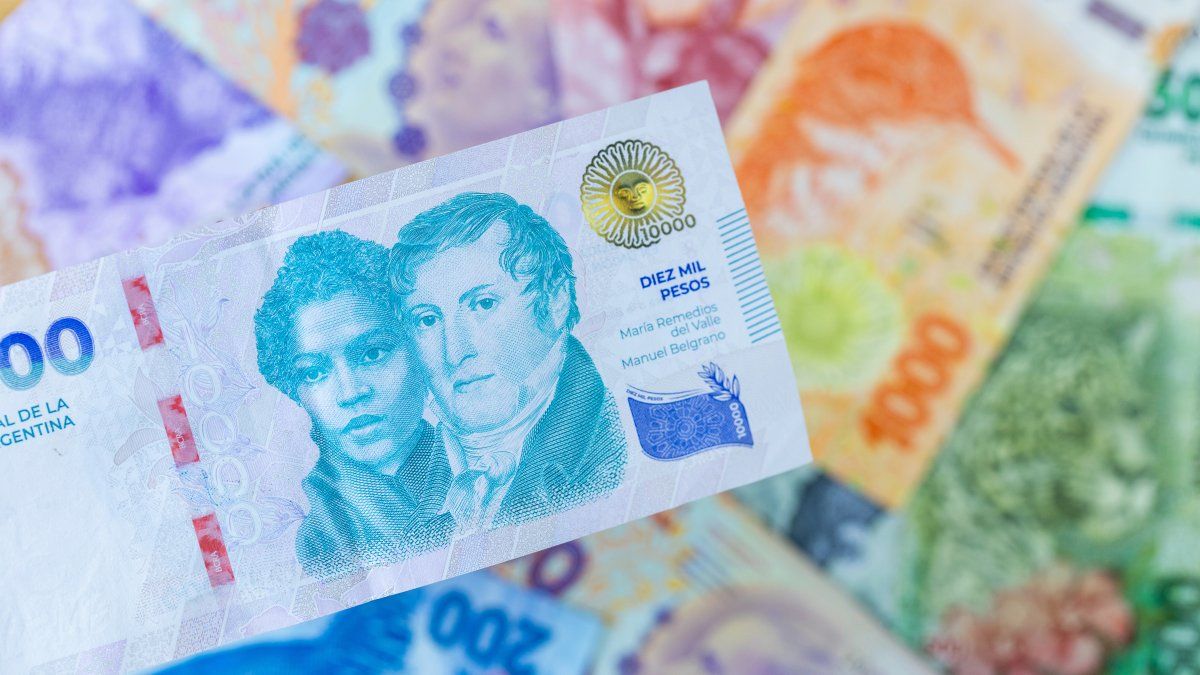The ten portraits of the collaborator of Sonny Rollins and many other legendary musicians can be seen in the bar of the Club Bebop in Palermo, where the dialogue with this newspaper took place with Mateo, a professor at the Universities of Columbia and NYU in New York and also, Among other things, he reads and writes music and studied filmmaking with one of the great Hollywood cinematographers of the 1980s, Andrew Laszlo, the man behind the camera on Walter Hill classics like “The Warriors,” “Streets of Fire.” ” and “Southern Comfort”, and the first and excellent “Rambo” by Stallone. And something about working with musicians must have taught him, since he was the cinematographer on the Beatles filming at Shea Stadium.
“Laszlo lived far away, in Maine, and to study with him you had to stay there for six months, and as always I was the only woman. He liked my style of lighting in dim light, the use of chiaroscuro that I somehow inherited from my father, the Argentine cinematographer Roberto Mateo. Musicians are special people who have a job with special schedules and demands, and that goes not only for those of jazz, but also for those of tango and especially for those of rock, who for some reason tend to be the ones who show their music the most. lifestyle. I never had to photograph anything that was not linked to music, let’s just say that I was never at a concert where an artist was missing due to some excess. Yes, I have had challenges photographing top artists for years and they were back from everything, and they only played because it was their birthday or some similar event, or because they felt like it. And they were usually people protected by his inner circle, as in the case of Dave Brubeck, who had a beautiful family that took great care of him. Just like Sonny Rollins’.
spec Mateo2_opt.jpeg
The last photo he took of Roy Hargrove before his death. She was his personal photographer for a decade.
Although Mateo has portrayed all the greats, such as Ron Carter, Chick Corea, the Marsalis, Jimmy Heath, Wayne Shorter, Lee Konitz or Herbie Hancock – “with whom I got along very well since we are both Buddhists” -, those who They asked for impossible missions were Sonny Rollins and the pianist Cedar Walton: “Rollins was playing at the jazz festival in Umbria, Italy, where I was the official photographer. I think it was his last live performance of him. They took great care of him, to the point that when I went backstage, there was absolutely no one except Rollins and his musicians and some of his assistants. I explained to her that I was the photographer and that I needed her permission to take the photo from the well under the stage during the show. He replied something that terrified me and made me sweat all night: ‘If I look into her eyes from the stage, then he can take the picture.’ I went to the well and I started sweating with nerves, we were 50 people all packed together, there was no way he was going to look me in the eye. However, at one point in the concert he did it, he looked at me and he kind of posed for a photo that, I don’t know how, but I managed to get it right. With Walton it was more complicated, because he was a very dry guy, he was not very flattering or communicative. We were in Washington in a very small club, where there was no room for anything, much less on stage, and he specially asked me for a photo from behind the piano so that he and the audience could see it. And I did it but I could hardly breathe, crouched behind the piano so that the public could see, because I already explained that I always have to be invisible. So, the tour continued at the Village Vanguard, even smaller, and with the owner, Lorraine, who had a tremendous character, and again Walton asks me for the photo from behind the piano, and if he saw me, Lorraine would have made a scandal, but I took the photo that way and signaling to the double bass to cover me. Later, when he saw the photos, Cedar laughed in front of me and said that it was all a joke, but he really liked knowing that I would do anything he asked me to have the photo he wanted.
According to the photographer, part of this talent to achieve the photo the musician wants and his gift of “invisibility” arise from his musical knowledge and hard work: “on the one hand, since I read and write music and play a little bit of piano and trumpet, I connect closely with what they are playing, but I also go to rehearsals beforehand, so I know how to move on stage without disturbing the band”.
The exhibition, which can be seen until February, is something special for Adriana Mateo. The photographer has taken out books, as well as jazz album covers, and her work is in galleries and museums, but this exhibition touches her personally because of her closeness to the trumpeter. “That’s why, of all the photos, my favorite is the last one in the show, where she doesn’t play the trumpet but is sitting at the piano. It was the last photo of him, before taking a trip and having a seizure in the taxi when he got off the plane ”. Lastly, we asked him what is the main thing he teaches his students: “I explain the technique from analogue and I ask them to break with the digital camera. That one has to be the head of the camera and not the other way around, we must never let the camera tell us what we have to do”.
Source: Ambito
David William is a talented author who has made a name for himself in the world of writing. He is a professional author who writes on a wide range of topics, from general interest to opinion news. David is currently working as a writer at 24 hours worlds where he brings his unique perspective and in-depth research to his articles, making them both informative and engaging.



